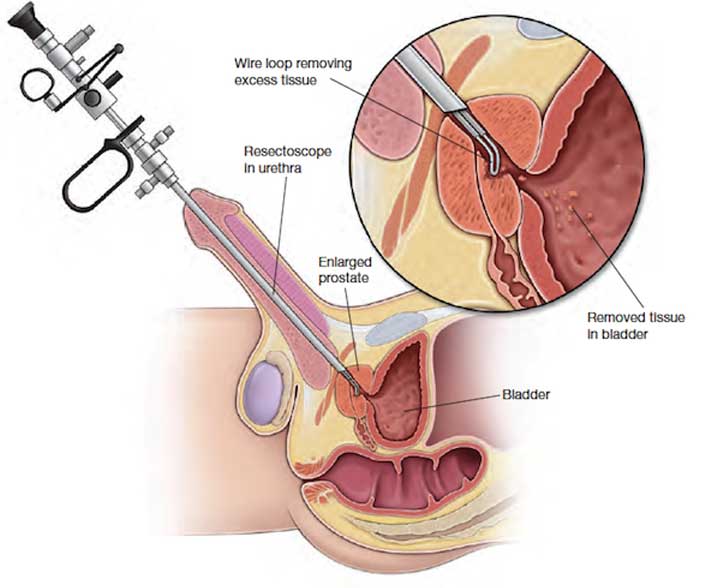The prostate gland is present only in males. It is situated just underneath the bladder and surrounds the initial portion of urethra. The prostate gland begins to enlarge after the age of 50 years. An enlarged prostate gland compresses the urethra and causes problems in urination particularly in elderly males.
Here are 10 facts about benign prostatic hyperplasia (BPH). Let’s start with the basics.
1. Definition. Benign prostatic hyperplasia (BPH) is a very common condition that affects the prostate gland in men. It is also known as benign prostatic hypertrophy or enlargement.
2. What is it? BPH occurs when the prostate gland, which is located below the bladder and surrounds the urethra, becomes enlarged.

3. How common is it? – very. BPH affects 10% of men in the fourth decade, 50% in the sixth decade, and 80% in the ninth decade.
“BPH is the most common cause of urinary symptoms in elderly men.”
4. Cause of BPH is not fully understood – it is believed to be related to changes in hormone levels as men age, particularly an increase in levels of dihydrotestosterone (DHT), a hormone derived from testosterone.
5. Diagnosis – examination by inserting a finger in rectum (digital rectal examination, DRE) and ultrasound are two most important diagnostic methods for BPH. A variety of blood tests are done, especially prostate-specific antigen (PSA).
6. Treatment – a large number of patients with mild-to-moderate symptoms of BPH can be treated effectively for a long period with medications such as alpha blockers and 5-alpha-reductase inhibitors (e.g. Tamsulosin). There are also minimally invasive procedures such as transurethral microwave therapy (TUMT) and transurethral needle ablation (TUNA); and surgical techniques such as transurethral resection of the prostate (TURP) or laser prostatectomy. These are operations done through the penis. The tummy is not cut.

Transurethral resection of prostate (TURP)
7. Possible need for urinary catheter – as the prostate gland enlarges, it squeezes the urethra and cause urinary symptoms such as difficulty starting or stopping urination, weak urine stream, and frequent or urgent need to urinate.
If the bladder blocks (or half blocks) it is a called ‘retention’ as shown by the diagram on the right above. Hospital admission is then required so a plastic tube called a catheter can be inserted through the penis into the bladder to drain it.
8. Lifestyle changes – such as reducing fluid intake before bedtime, avoiding alcohol and caffeine, and exercising regularly can help relieve symptoms of BPH.
9. BPH is not a precursor to prostate cancer – although men with BPH may be at a slightly higher risk of developing prostate cancer.
10. If left untreated – BPH can lead to complications such as urinary tract infections (UTIs), bladder stones; and CKD and in a few patients, the need for dialysis and a kidney transplant.
Summary
We have described 10 benign prostatic hyperplasia (BPH) facts. We hope you understand it better now.
Last Reviewed on 25 June 2024
